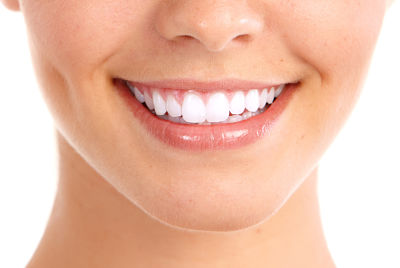Most dental problems, like broken, chipped, fractured or extracted tooth, need restoration. Dental Bonding is one of the most common and inexpensive dental solutions for repairing damaged teeth. Although it has many benefits, the treatment also has some limitations. So, if you are thinking of getting bonding done to your teeth, it is important to know its advantages and disadvantages before going on with the restorative treatment.
What is bonding? Why do you need it?
Bonding is a dental treatment where composite resin is used to repair and replace parts of a damaged tooth, broken tooth, or cleaned out decayed tooth. The process is called “bonding” and it involves osseointegration, a process where composite resin chemically bonds with natural tooth. Composite resin like clay are molded into the tooth that needs repair.
An affected tooth is filed down in order to achieve the proper shape. The surface of the tooth is then roughen, before applying a formula that will make the bonding process more effective. Then the space is filled with resin material to give the shape of the original shape of tooth. A special curing light causes a chemical reaction between the tooth surface and the resin, allowing them to fully bond. Finally, excessive resin is trimmed off to ensure that it fits the tooth and bites perfectly.
When is Bonding Used?
Bonding is an ideal restorative treatment for the following dental problems:
-
a small chip on the tooth surface
-
restoring cleaned out areas in tooth with cavity
-
sealing gaps in between teeth
-
concealing exposed tooth roots
-
fixing discoloration on single teeth
-
making minor adjustment on the appearance of teeth
Advantages of Bonding
-
It can be mixed to match the color of your teeth. Thus, you can achieve a subtle and esthetically pleasing effect with bonding.
-
It is more affordable than other dental restoration treatments. Many insurance policies also cover dental bonding costs.
-
A dental bonding process is quick and easy. It takes around 1 to 2 hours to fix one tooth. Therefore, it can be done in a single clinic visit.
-
Bonding is usually a painless process and doesn’t require anesthetics, except in cases where the cavity is too deep and needs to be cleaned.
-
It is not an invasive procedure which involves kind of cutting, slicing, etc.
-
Unlike crowns and veneers, which involves removal of some portion of tooth enamel, dental bonding doesn’t require any trimming, thereby preserving healthy tooth material.
Disadvantages of Bonding
1. Unlike porcelain veneers or crowns, composite resin is susceptible to stains.
2. Since the bonded area is small, it can easily crack if you grind your teeth or eat hard food, or even bite on a hard material.
3. In some rare cases, the entire bond can detach from the treated tooth as a result of trauma, impact and forceful biting.
4. It is ideal only for small surfaces. If used on a big surface, the bond can crack or deform.
Consult the best Bayside dentists to know more about dental bonding.
…
Guest Post by Roman Beres
|
….Roman…. |
Roman Beres is an expert writer and blogger with a strong passion for writing. He shares views and opinions on a range of topics such as Business, Health/Fitness, Lifestyle, Parenting and lot more. He works for Dental Clinic and helps you find the best Dentist West Hempstead NY. |
|---|
| The copyrights on the article belong to the author. The responsibility for the opinions expressed in the article belongs exclusively to the author. |
|---|
If you want to be Guest Writer for look around! click on photo below.






Great read
LikeLike
Some of my teeth have been bonded and I am very very pleased with them. Great information here, Monica. ❤
LikeLiked by 1 person
I am glad to hear that, my Amy 🙂 And glad I was useful
xo ❤
LikeLiked by 1 person
Very useful info Monica. My daughter’s had issues with her teeth. Definitely can’t be ignored. xo
LikeLiked by 1 person
Glad I was useful, dear Miriam 🙂
Take care!
xo ❤
LikeLiked by 1 person
You too my dear ❤️
LikeLiked by 1 person
Pingback: Today on look around! | look around!
Interesting article!
LikeLiked by 1 person
😀
LikeLiked by 1 person
Very informative.. 👍
LikeLike
In my country dentist call it pasta teeth or teeth filling. Good reads.
LikeLiked by 1 person
Tooth bonding is one of the best and less expensive treatment in cosmetic dentistry that improve the appearance of decayed and chipped tooth.
LikeLike